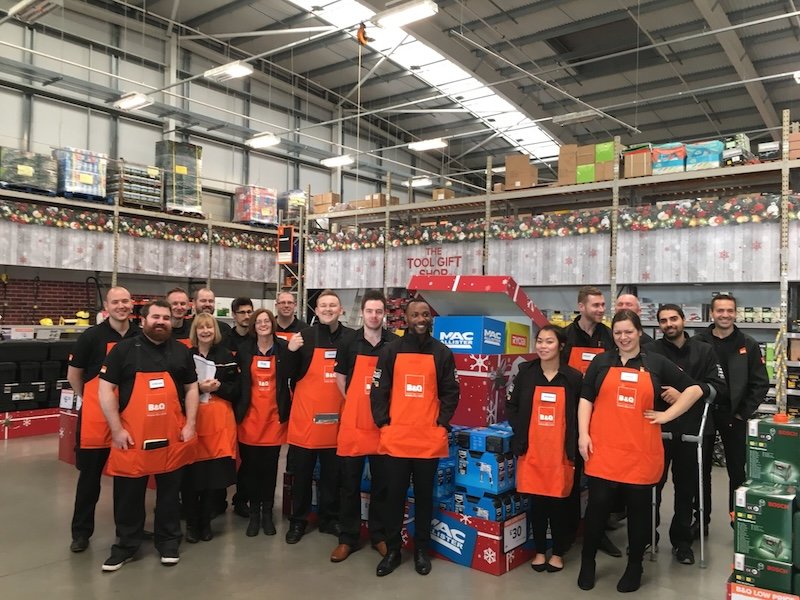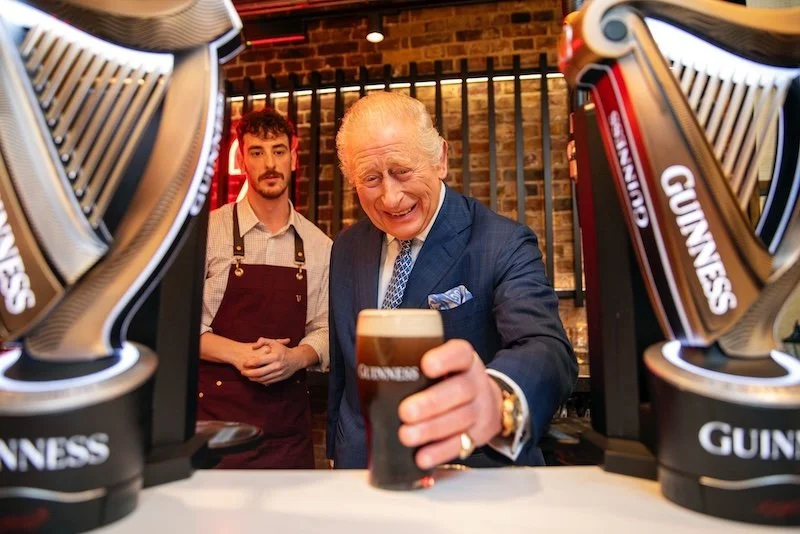Time to think local: New Legal & General report calls for a re-imagining of UK high streets
Only two in five people in the UK rate their local high street as good or very good, according to the latest Legal & General Rebuilding Britain Index (RBI).
In fact, when factoring in the quality of local shops, cafes, eateries, banks, Post Offices and other amenities, London is the only region across the UK where more than half of residents (58%) were positive about their high street.
The region with the most negative perception of the high street is Wales, where only one-third rate their high street positively. This was followed closely behind by Scotland (34%) and the South West (37%).
The data shows that the UK’s left behind communities are most in need of a revamp.
Almost four-fifths of households (79%) achieving a high RBI score rate their local high street as good or very good. This falls to just 22% for those with a low RBI score
Similarly, higher income households (HHI) (69% of those with a HHI of £100k+) are far more likely than low income households (36% of those with a HHI of under £20k) to have a better opinion on their local high street
UK households still value a thriving high street, with 30% identifying investment into theM as a key government spending priority – the highest being from those in the lowest income households.
John Godfrey, Director of Levelling-Up at Legal & General, says: “The high street has a crucial role to play in how we level up our towns and cities across the UK. Vibrant, healthy communities are the places where people want to live, work and play over the long term.”
“We have long advocated for better and more targeted investment of patient capital in the high street as to accelerate regeneration, drive productivity and increase real wages.”
“The best way to do this is through partnership; our work with local people, businesses and authorities has reinforced the power of partnerships in levelling-up local economies – this is key to ensure relevancy and resiliency, over the long-term.”
Changing times
The world of retail has changed significantly over the past decade. Since 2000, e-commerce has grown from 0.2% of retail sales to 25% in February 2023.
Although a shift in consumer culture has been evidenced, it is also clear that around three quarters of retail spend still takes places within a store; the UK’s high streets and physical retail are, therefore, not dead – but must respond to an evolving consumer culture if they are to survive.
People no longer just prioritise the traditional and transactional retail only environment. Key public services, including health services and cultural and leisure facilities are now vital cornerstones of a thriving high street.
Households are more like to view available services, such as postal or banking services (80%) and food and drink (80%) as having an important role in making their high street a thriving part of their local community.
This was slightly higher than the 78% feeling that retail has an important role to play, while a further 57% place importance in leisure and tourism.
The Post Office (77%), banks (71%) and chemists (69%) are seen as staples – each considered as being a ‘must have’ for a High Street to be prosperous. Retail options are far less likely to feature – with only 41% identifying fashion shops, 17% identifying nail salons and 11% identifying bookmakers.
Denz Ibrahim, Head of Retail and Futuring, comments: “There has been a cultural shift in how consumers are interacting with ‘place’ – the traditional and transactional is no longer a priority, but rather the experience, functionality, productivity, and inclusivity of the high street.”
“To respond to this shift, it is imperative that we move away from a ‘one size fits all’ approach, to an intentional place-based approach.”
“By taking a more flexible approach to leasing and property ownership, we can nurture local independents and SMEs, all whilst ensuring we’re creating agile, and therefore resilient, environments.”
“By delivering diversified environments and revenue streams, such as the integration of key local service driven anchors – like healthcare, education and workspace – we can create meaningful high streets across the UK. This is ultimately the key to putting capital to its best use.”















Continue reading…